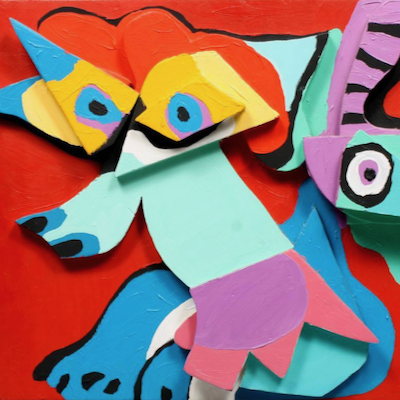
Details
Artist
Styles
// Christian Dotremont's Liberté de figures 1 (1976) is a lithograph measuring 24 x 18 cm, showcasing his signature style of abstract calligraphy. The artwork features dynamic, sweeping black brushstrokes that form intricate, abstract shapes against a white background. Dotremont's expressive lines suggest movement and rhythm, creating a visual poetry that feels spontaneous and organic. The forms evoke a sense of freedom and flow, resonating with the title, which translates to Freedom of Figures. The work embodies the spirit of the CoBrA movement, emphasizing expressive freedom and the integration of text as an artistic form.
Liberté de figures 1, 1976
form
Medium
Size
61 x 45.7 cm
- Inches
- Centimeters
Edition
Price
Details
Artist
Styles
// Christian Dotremont's Liberté de figures 1 (1976) is a lithograph measuring 24 x 18 cm, showcasing his signature style of abstract calligraphy. The artwork features dynamic, sweeping black brushstrokes that form intricate, abstract shapes against a white background. Dotremont's expressive lines suggest movement and rhythm, creating a visual poetry that feels spontaneous and organic. The forms evoke a sense of freedom and flow, resonating with the title, which translates to Freedom of Figures. The work embodies the spirit of the CoBrA movement, emphasizing expressive freedom and the integration of text as an artistic form.
What is the CoBrA movement?
CoBrA stands for Copenhagen, Brussels, and Amsterdam; the group was formed with a desire to break away from the existing art movements of the time. Their critique of Western society led them to experiment and evolve into a significant international movement. CoBrA was founded on November 8, 1948, at the Notre Dame Café in Paris, where its manifesto was signed by Karel Appel, Joseph Noiret, Corneille, Christian Dotremont, Constant, and Asger Jorn. The group was united by a shared commitment to freedom in both form and color, and their work emphasized experimentation and spontaneity.












